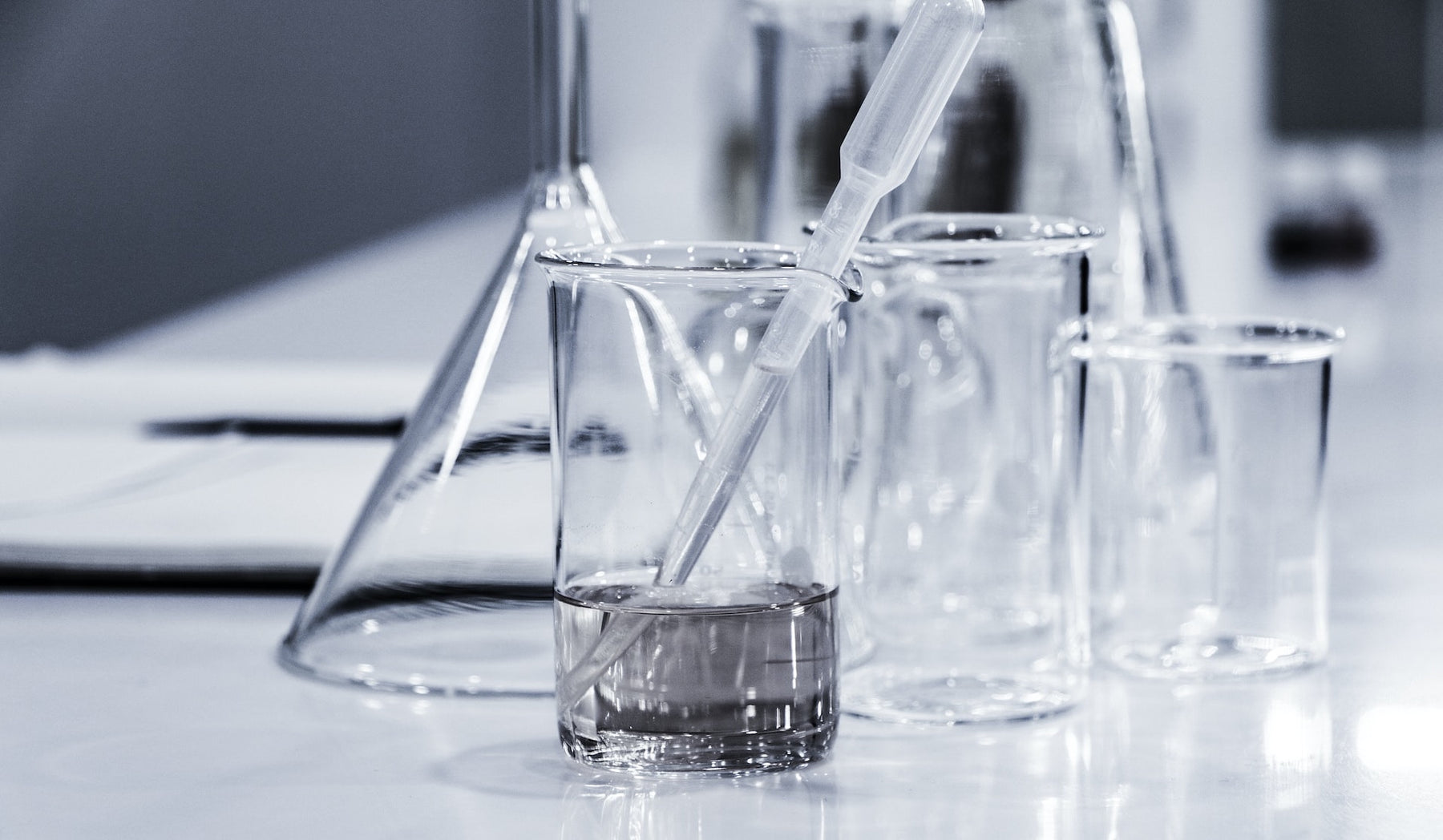(858) 224-9100

Water Soluble Vitamins: A Comprehensive Guide to HPLC Analysis 🔬
Greetings, laboratory professionals! Today, we're diving into the world of water-soluble vitamins and their analysis using High-Performance Liquid Chromatography (HPLC). This guide will provide you with a step-by-step walkthrough, ensuring you have a thorough understanding of the process. Let's begin.
Understanding Water Soluble Vitamins 💧
Vitamins are separated into two classes: fat-soluble vitamins and water-soluble vitamins. They dissolve differently, so they can't be run together. Today, we're focusing on water-soluble vitamins. Specifically, we'll be looking at riboflavin, folic acid, biotin, and vitamin C. The reason we focus on these is because of their importance in various biological processes and their prevalence in many food items.
Step 1: Preparing the Sample ⚖️
The first step in the process is to prepare the sample. This involves weighing out about 500 milligrams of the vitamin powder. The exact amount is based on the label claim, which will be discussed in a separate video. This step is crucial as it ensures that we have a consistent and measurable amount of the sample for analysis.
Step 2: Dissolving the Vitamins 🧪
The vitamins are then dissolved in a solution. Riboflavin, folic acid, and biotin need a high pH to dissolve, so sodium hydroxide is used. Vitamin C, on the other hand, needs a low pH to be stable, so phosphoric acid is used. The reason for this is that different vitamins have different chemical properties and therefore require different conditions to dissolve effectively.
Step 3: Vortexing and Sonicating the Sample 🌀
After the vitamins are dissolved, the sample is vortexed and sonicated. This helps to mix the sample thoroughly and ensure a homogeneous solution. This is important because it ensures that every part of the solution has an equal concentration of the vitamins, which is crucial for accurate analysis.
Step 4: Cooling the Sample ❄️
The sample is then allowed to cool to room temperature. This is important to prevent any heat-induced changes to the vitamins. Some vitamins can degrade or change their chemical structure when exposed to heat, which could affect the results of the analysis.
Step 5: Topping Off the Sample 🚰
The sample is then topped off with water. This is done to ensure that the sample volume is consistent, which is crucial for accurate analysis. If the volume was not consistent, it could lead to variations in the concentration of the vitamins in the solution, which could affect the results of the analysis.
Step 6: Filtering the Sample 🗑️
Finally, the sample is filtered using a nylon filter with a glass fiber pre-filter. This helps to remove any solid particles from the sample, ensuring a clear sample for analysis. This is important because solid particles could interfere with the HPLC analysis, leading to inaccurate results.
And that's it, laboratory professionals! You're now equipped with the knowledge of water-soluble vitamin analysis using HPLC. For a visual guide, don't forget to check out our video tutorial. Until next time, stay precise and efficient in your lab work! 🎓

Leave a comment